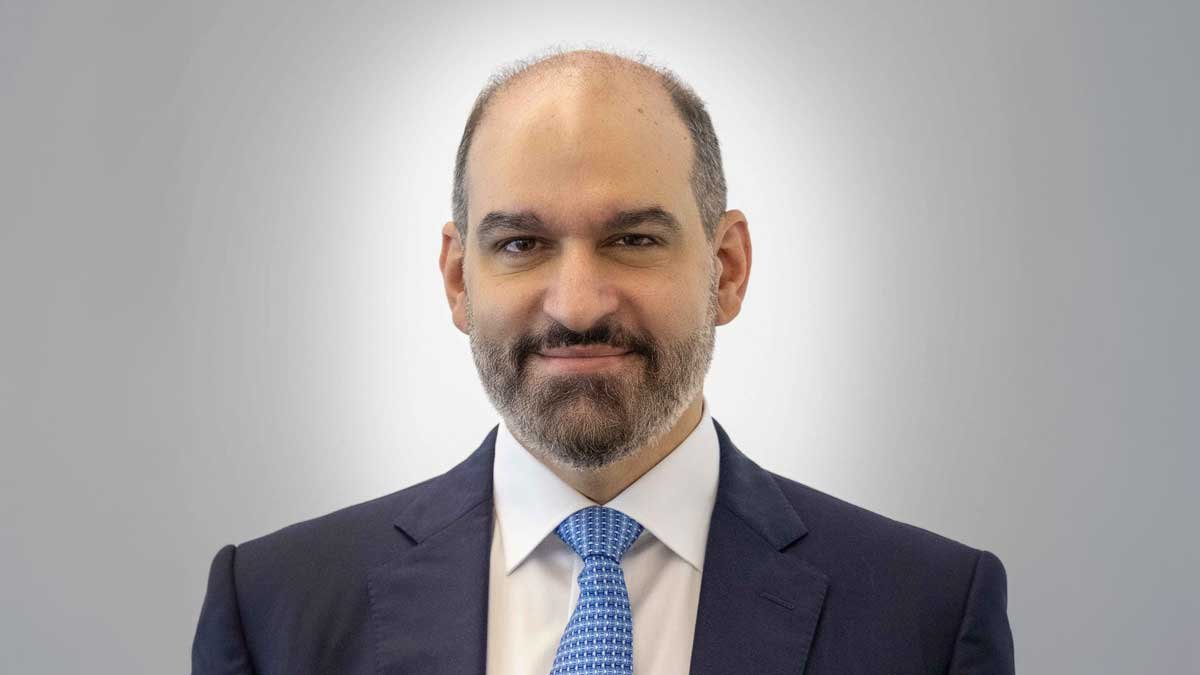Kensington Corridor Trust demonstrates success of neighborhood trust model.
In urban centers throughout the United States, a consistent and troubling sequence often occurs: neighborhoods experience disinvestment and decline, only to attract outside interests at their lowest real estate valuations, ultimately displacing long-standing residents. Kensington, located in North Philadelphia, exemplifies this cycle, having faced significant industrial decline since the 1960s and escalating issues with the drug trade since the 1970s.
However, a transformative concept is emerging that advocates for community ownership over land, allowing residents to steer their neighborhood’s future. Five years ago, the Kensington Corridor Trust was established to explore this potential. As the first neighborhood trust in the U.S. focused on a commercial corridor, the trust has embarked on a mission to collectively manage properties along Kensington Avenue, thus empowering the community by placing real estate ownership and control directly in their hands.
Currently, the Kensington Corridor Trust oversees 30 properties situated along a four-block segment of Kensington Avenue, which includes vacant lots and mixed-use buildings. The total market value of the trust’s assets exceeds million. By concentrating property acquisitions in this historically significant commercial corridor, the trust aims to create a buffer zone against the pressures of speculative development and gentrification, thereby protecting local residents from displacement.
A distinguishing feature of the trust is its adoption of a perpetual purpose trust, which is legally tethered to a nonprofit organization. This arrangement facilitates the long-term preservation of both commercial and residential affordability while reinforcing community ownership. Contrary to conventional development models that often prioritize profit maximization for investors, this innovative approach regards community members as integral stakeholders in determining the nature of businesses that will inhabit their neighborhoods and shaping the governance framework of the trust.
The governance structure of the Kensington Corridor Trust includes a stewardship committee, offering a dual decision-making framework alongside the conventional board of directors. Both bodies consist of community members, including local residents and business owners, promoting a governance model rooted in deep community engagement. Participants in these decision-making bodies are required to have lived in the area for at least five years, with preference for long-term residents offering invaluable insights into local issues.
The trust’s collective ownership model is founded on the belief that residents possess unique perspectives on their needs and potential solutions, emphasizing that development should ultimately benefit the existing community. Projects are designed to provide affordable housing and commercial spaces, foster social connections, and preserve cultural identity, while enabling local self-determination.
While the model presents a promising local blueprint for sustainable development, it does entail challenges. Successful collective ownership requires unwavering commitment to collaboration, intentional decision-making, and fostering trust within the community. The model’s sustainability hinges on innovative financing approaches, including mission-aligned investments, grants, and robust partnerships with funding entities.
To date, the Kensington Corridor Trust has secured over million, with ambitious goals for the future. Short-term objectives focus on acquiring properties to enhance the trust’s portfolio, whereas long-term aspirations aim to develop a scalable collective ownership model that could be replicated in neighborhoods across the nation.
The neighborhood trust model has proven that collective ownership not only is feasible but also serves as a framework for creating inclusive communities. In Kensington, the future is being reclaimed for the residents, emphasizing that the benefits of redevelopment should be shared among all who call the area home.
Media News Source







